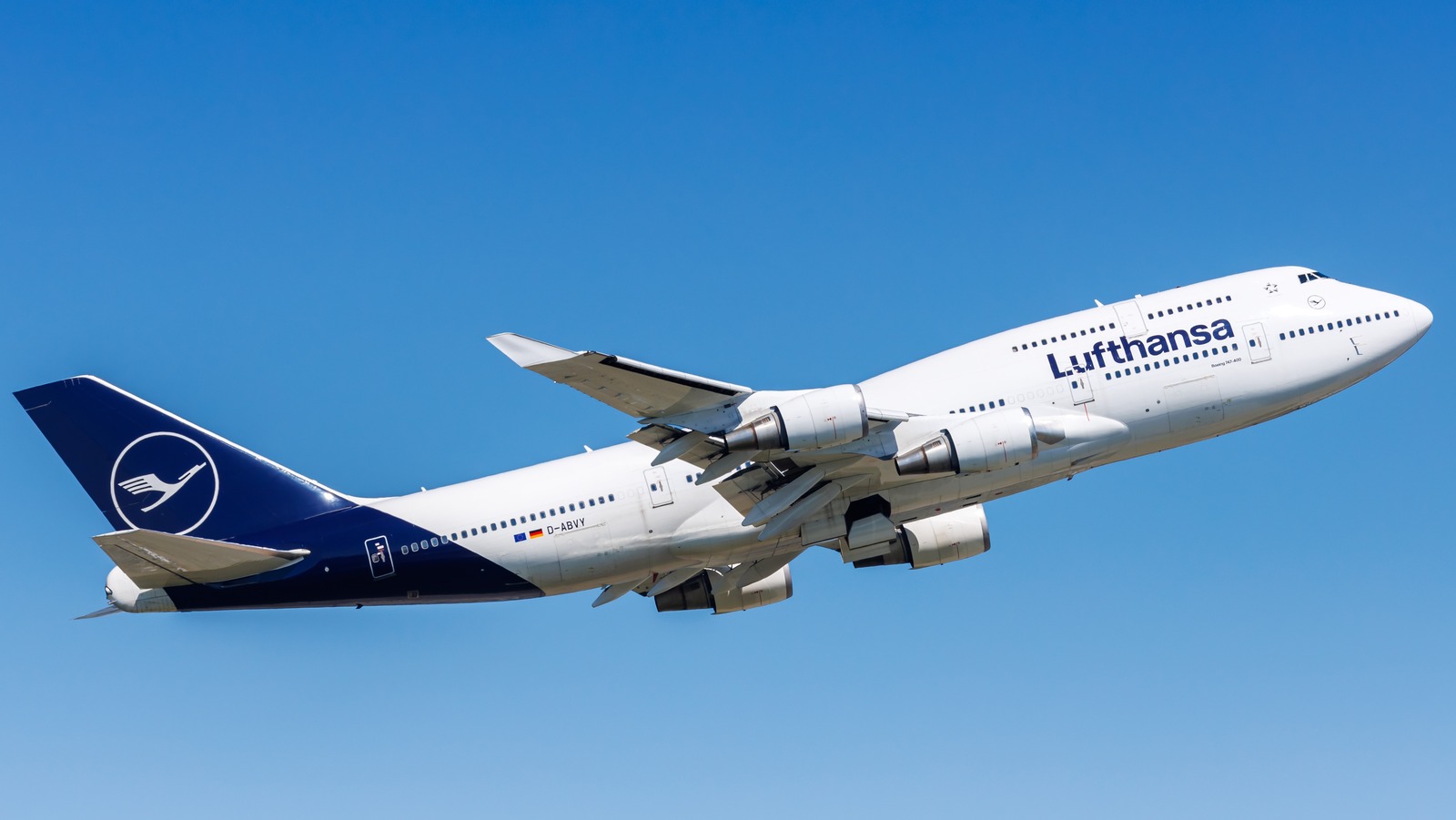The Boeing 747 is one of the most recognizable aircraft in the world, and that distinctive hump over its cockpit is a defining feature. But have you ever wondered why it looks that way? Let’s dive into the fascinating reasons behind this unique design choice.
What’s the Purpose of the Hump?
At first glance, the 747’s hump might seem like a quirky design element, but it serves a very practical purpose. The hump is primarily there to accommodate a second deck, which was a revolutionary concept when the 747 was introduced in the late 1960s. This upper deck allows for more passenger capacity and provides a spacious area for first-class travelers. Imagine boarding a plane and being greeted by a lounge-like atmosphere—this design was all about enhancing the flying experience.
The 747 was designed to be a wide-body aircraft, which means it has a larger fuselage than traditional narrow-body planes. The hump not only adds to the aircraft’s aesthetic appeal but also maximizes the use of space. By elevating the cockpit, engineers could create a more efficient layout for passengers and cargo, making the 747 a game-changer in commercial aviation.
How Did the Design Evolve?
The design of the 747 was influenced by the need for increased capacity during a time when air travel was becoming more popular. Boeing’s engineers were tasked with creating an aircraft that could carry more passengers over longer distances. The hump was a bold solution that allowed for the addition of the upper deck without compromising the aircraft’s structural integrity.
Interestingly, the 747’s design was also a response to the growing demand for air travel in the post-war era. Airlines were looking for ways to transport more people at once, and the 747’s capacity to carry over 400 passengers was a significant leap forward. The hump became a symbol of this new era of aviation, where comfort and efficiency were paramount.
What About the Cockpit Design?
The cockpit itself is another area where the hump plays a crucial role. By raising the cockpit, pilots have a better vantage point, which can enhance visibility during takeoff and landing. This design choice contributes to safety, allowing pilots to have a clearer view of the runway and surrounding airspace.
Moreover, the elevated cockpit design also helps in reducing noise levels in the passenger cabin. The separation between the cockpit and the passenger area minimizes the sound of engines and other operational noises, creating a more pleasant flying experience for travelers.
Is the Hump Unique to the 747?
While the 747 is perhaps the most famous aircraft with a hump, it’s not the only one. Other aircraft, such as the Airbus A380, also feature a similar design. However, the 747’s hump is iconic, often associated with the golden age of air travel. It represents not just a technical achievement but also a cultural milestone in how we view air travel.
The Legacy of the 747
The Boeing 747 has left an indelible mark on the aviation industry. Its unique design, including the hump, has influenced countless aircraft that followed. As airlines continue to evolve and adapt to new technologies and passenger needs, the 747 remains a beloved symbol of innovation and progress.
So, the next time you see a Boeing 747 soaring through the skies, you’ll know that the hump over its cockpit is more than just a design quirk. It’s a testament to thoughtful engineering, a response to the demands of air travel, and a nod to the future of aviation.
The big takeaway? The 747’s design isn’t just about aesthetics—it’s about functionality and enhancing the passenger experience. Next time you fly, take a moment to appreciate the thought that goes into every detail of your aircraft.


